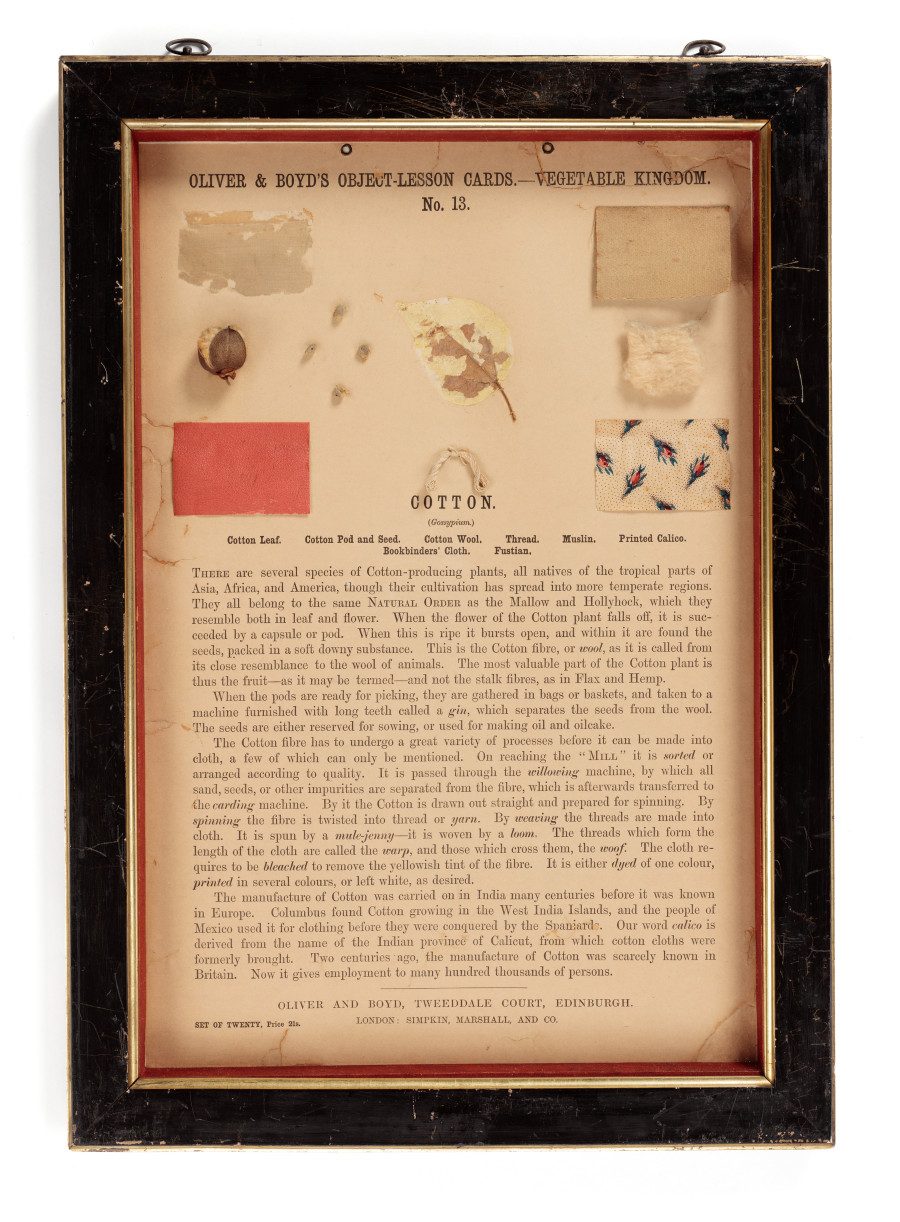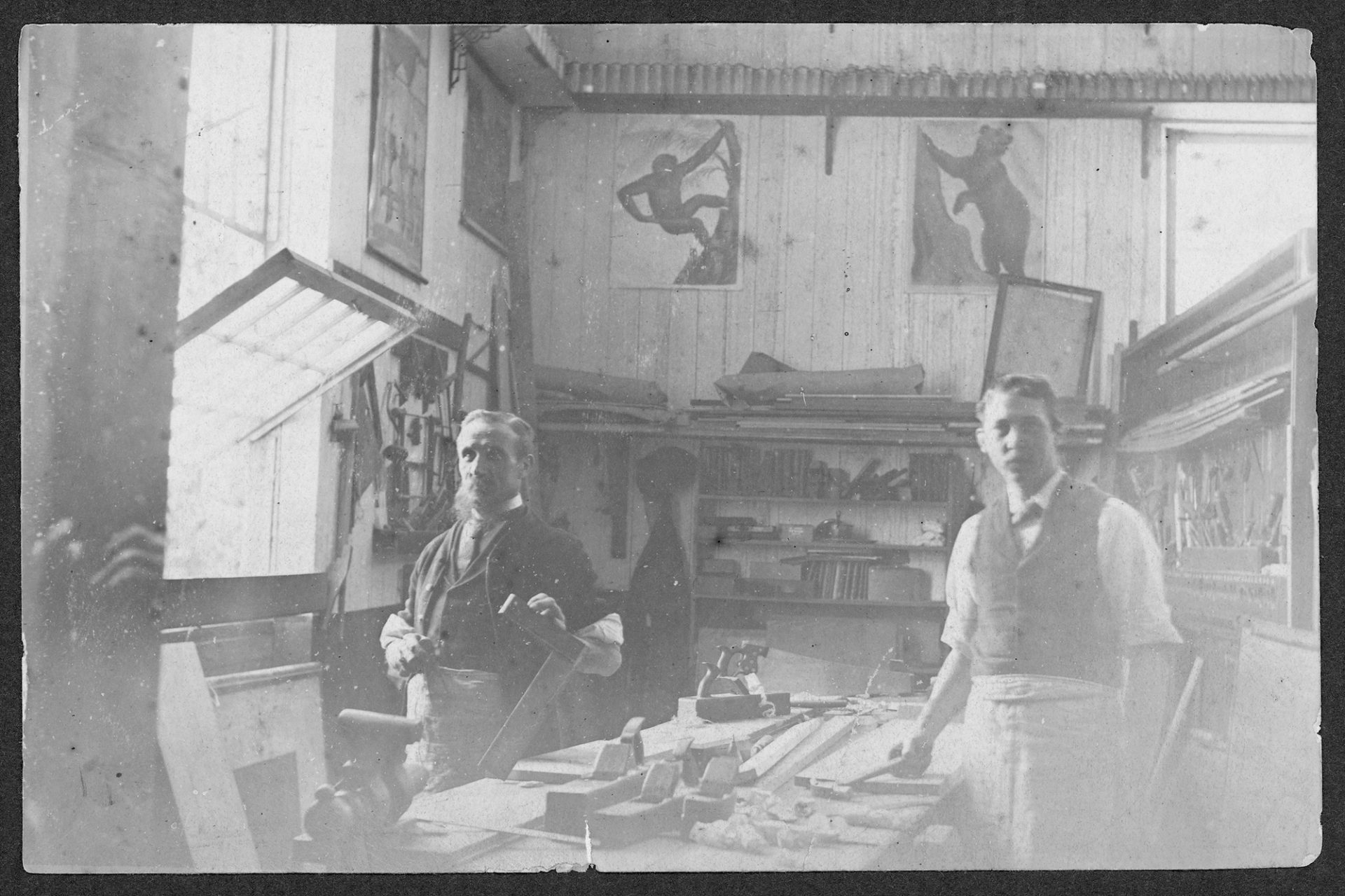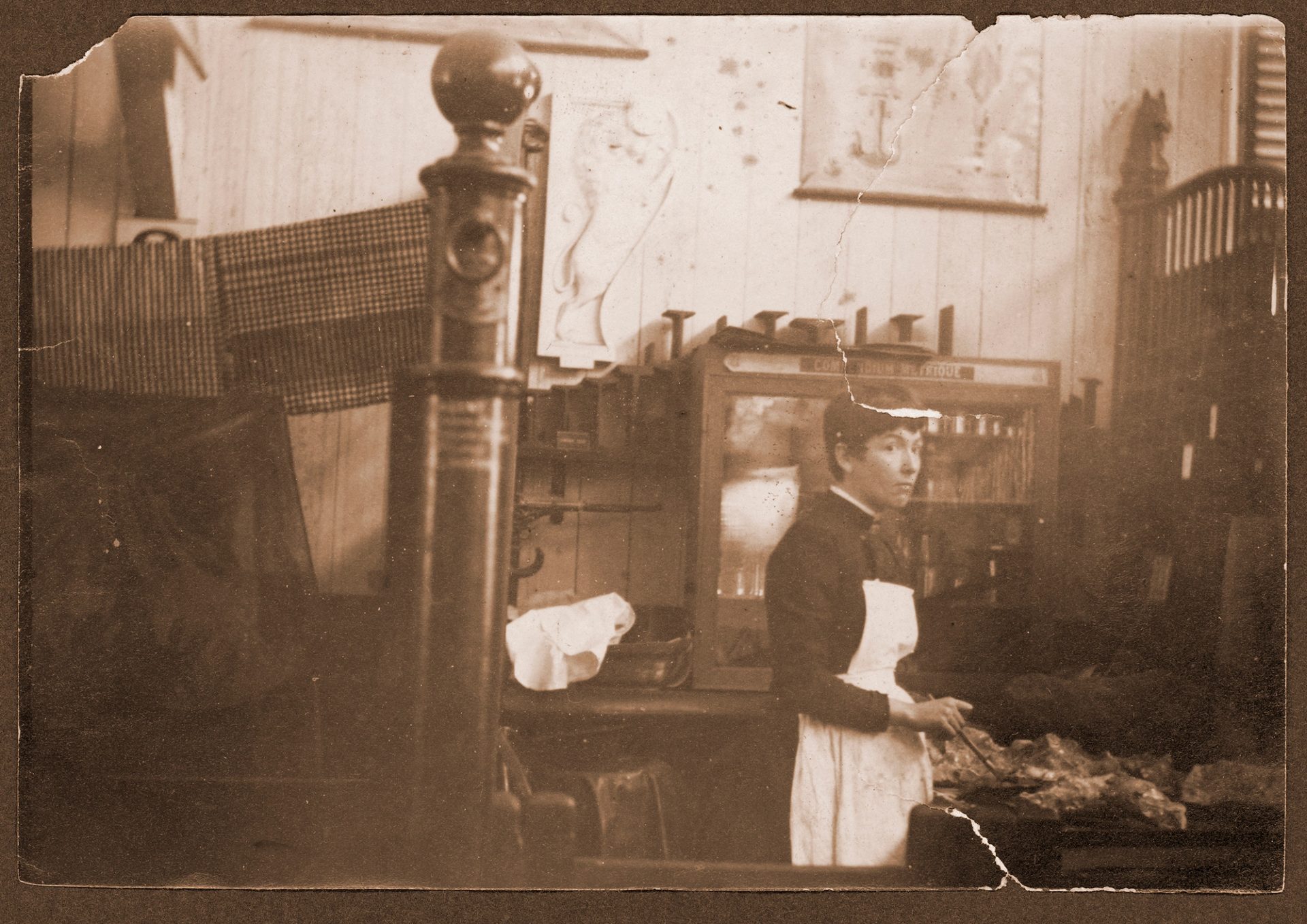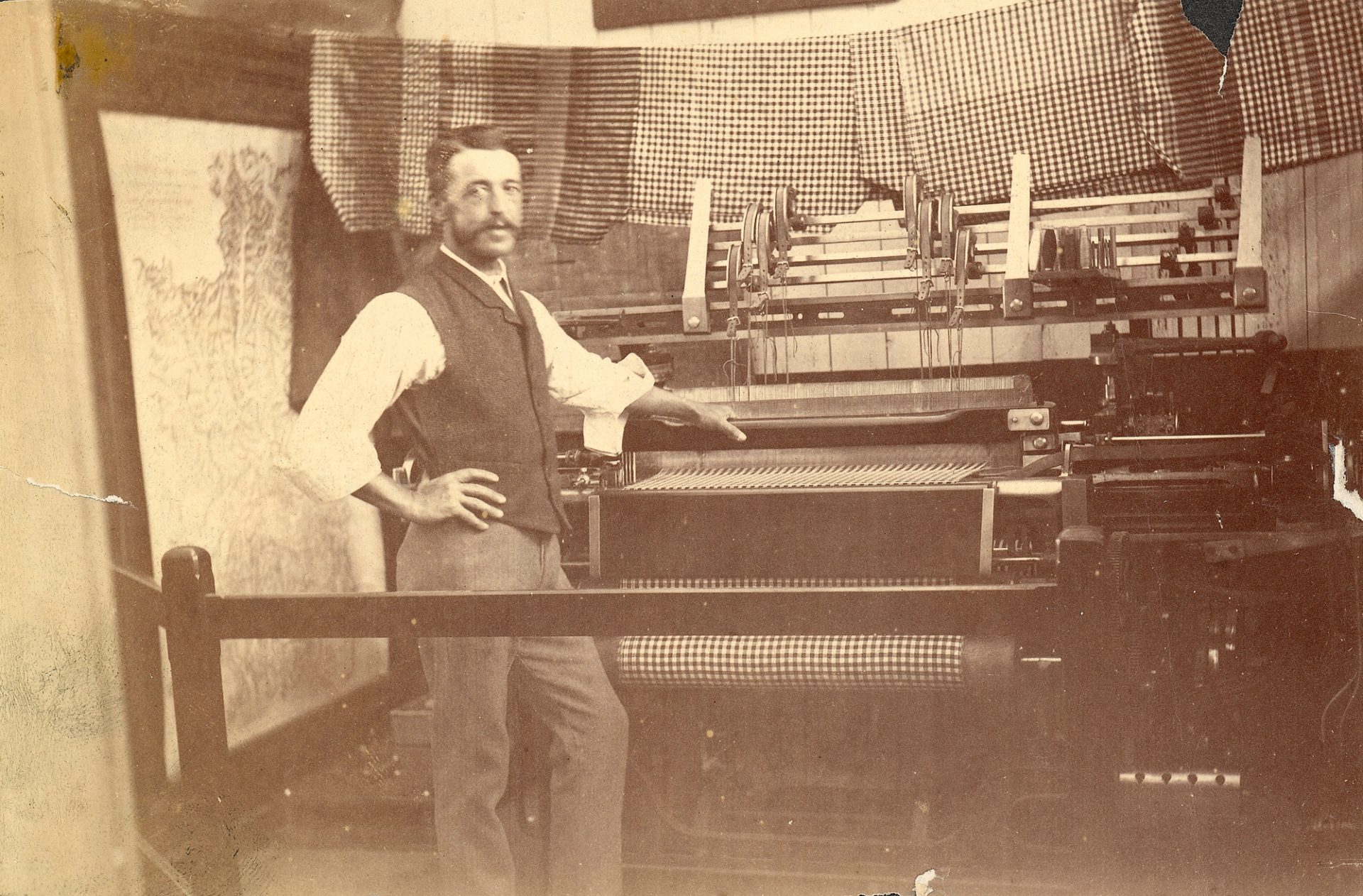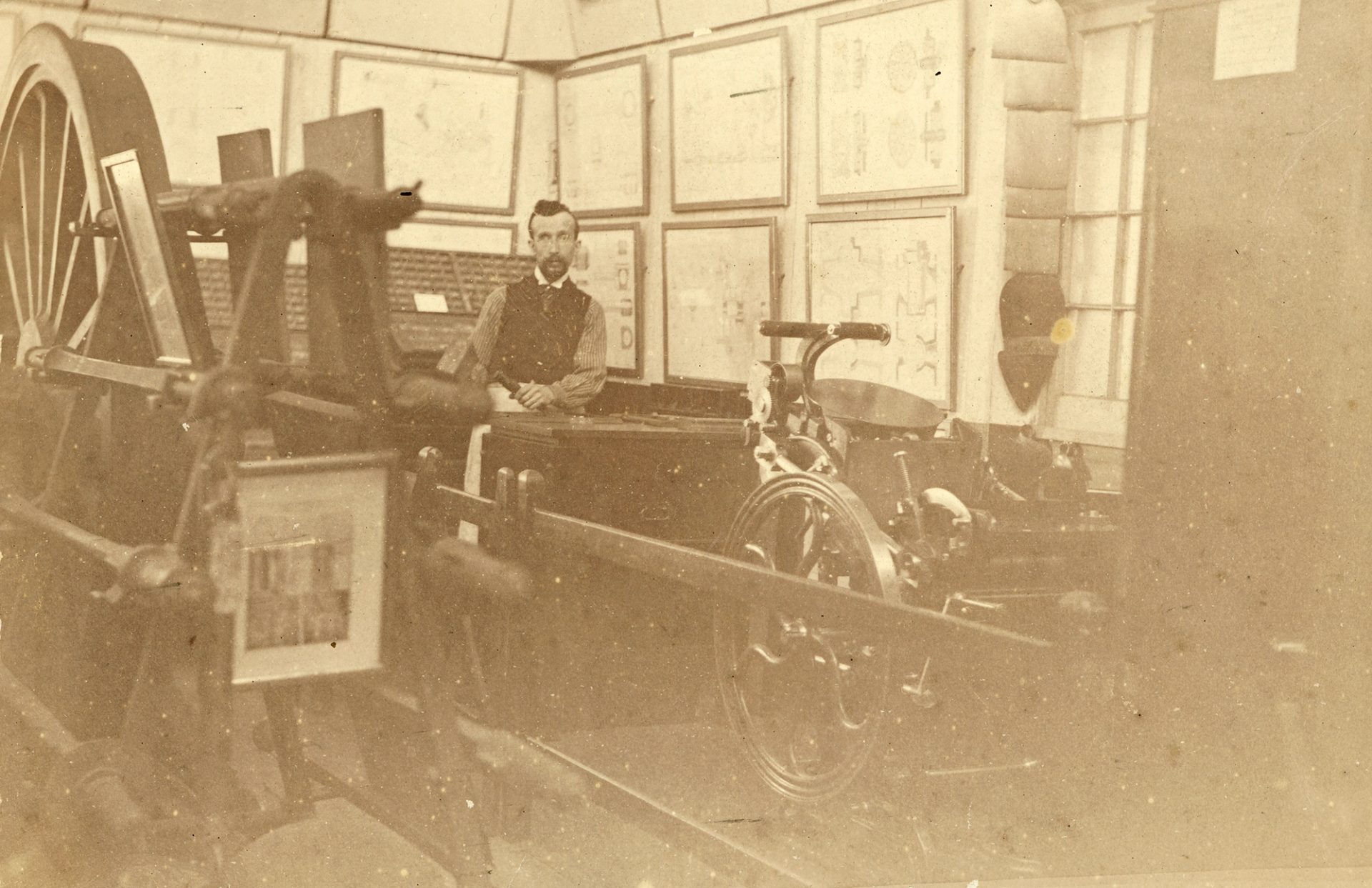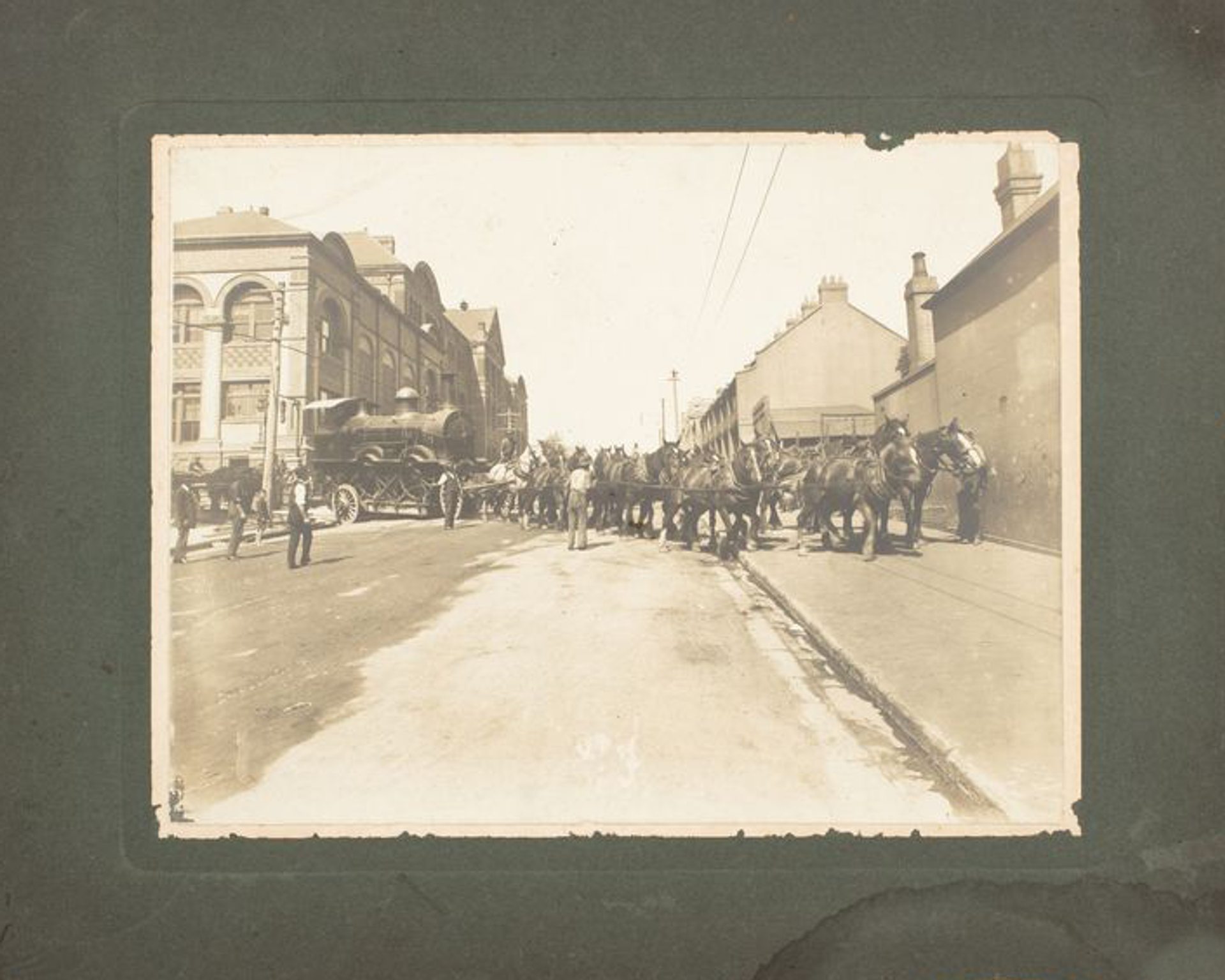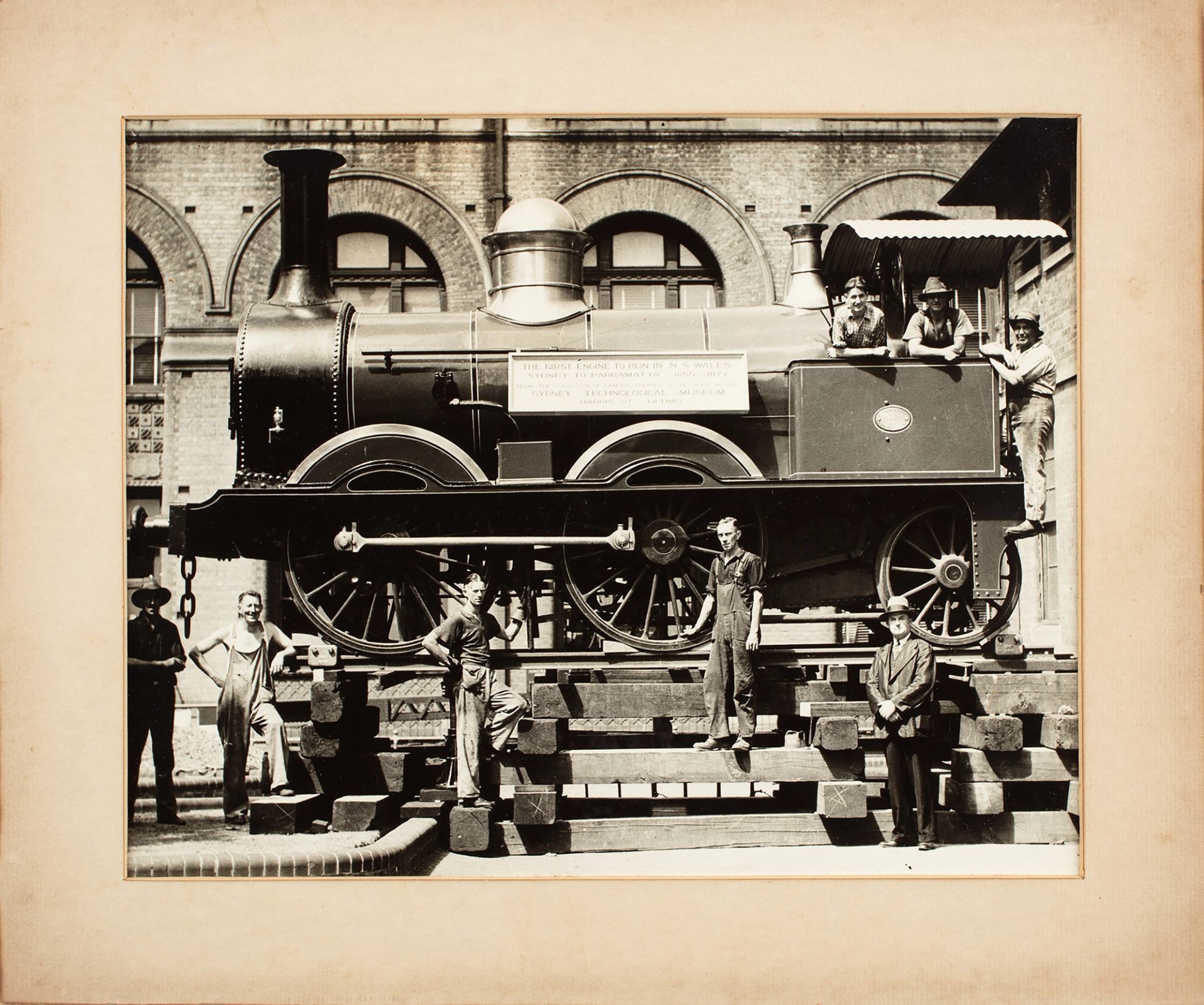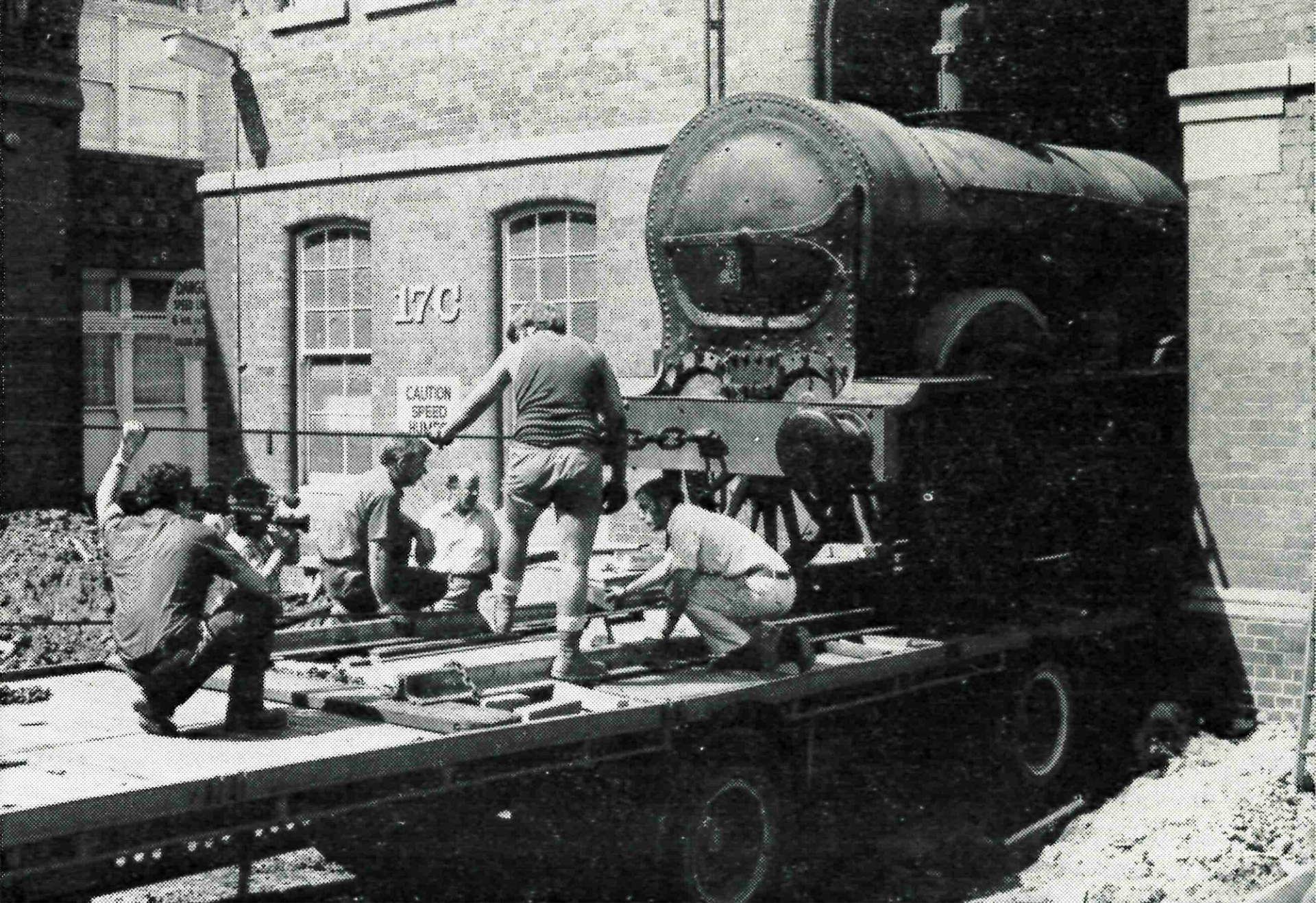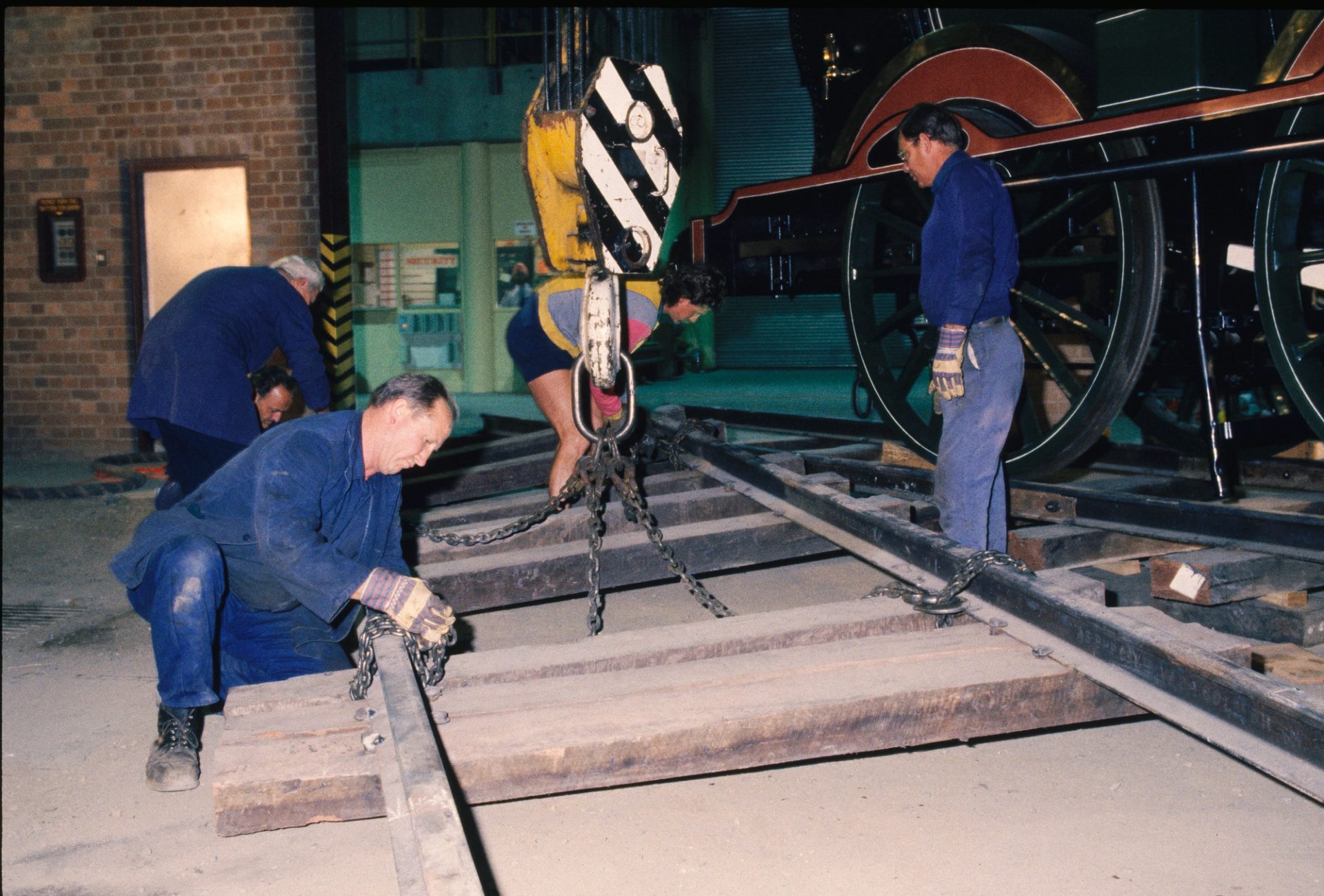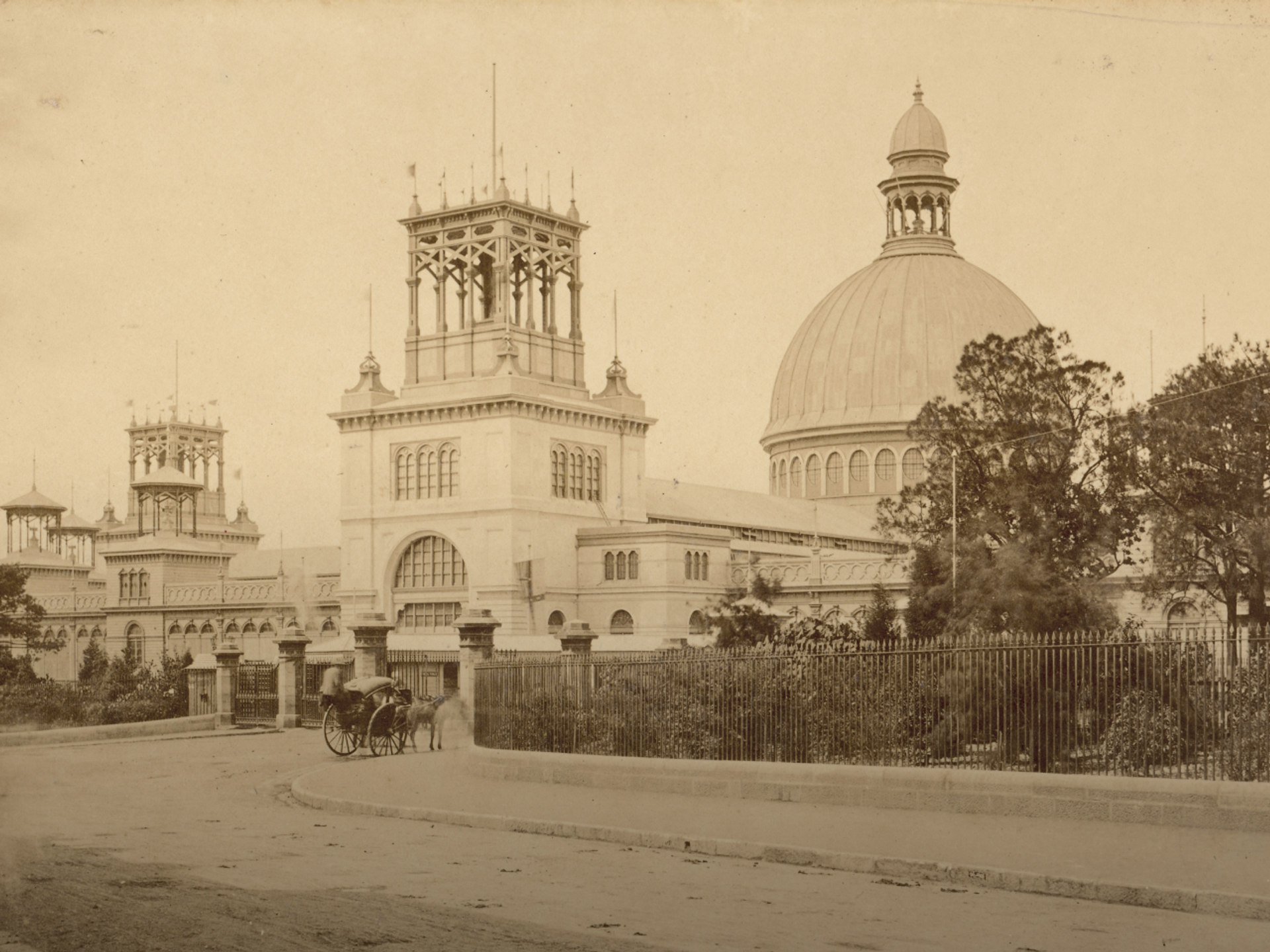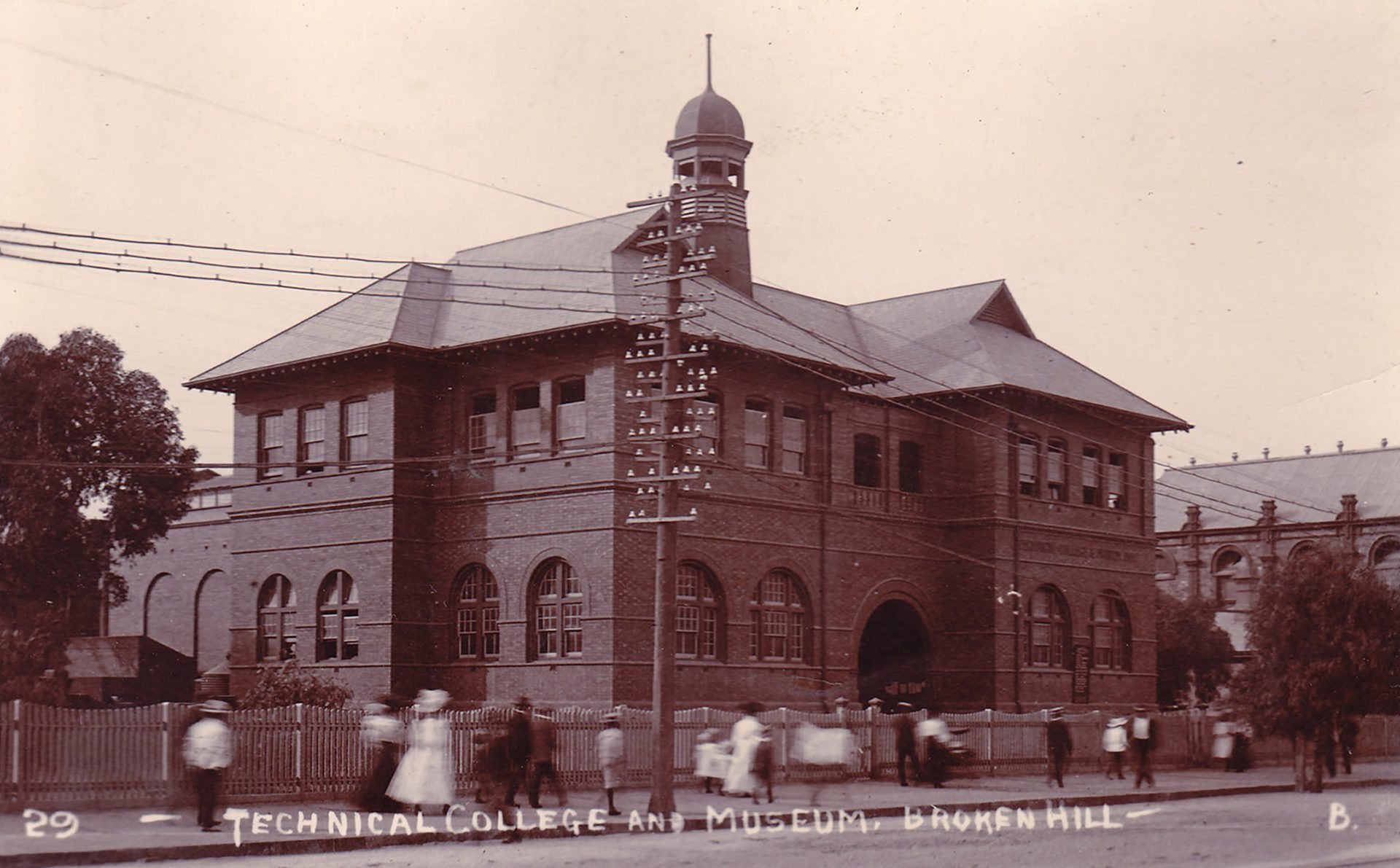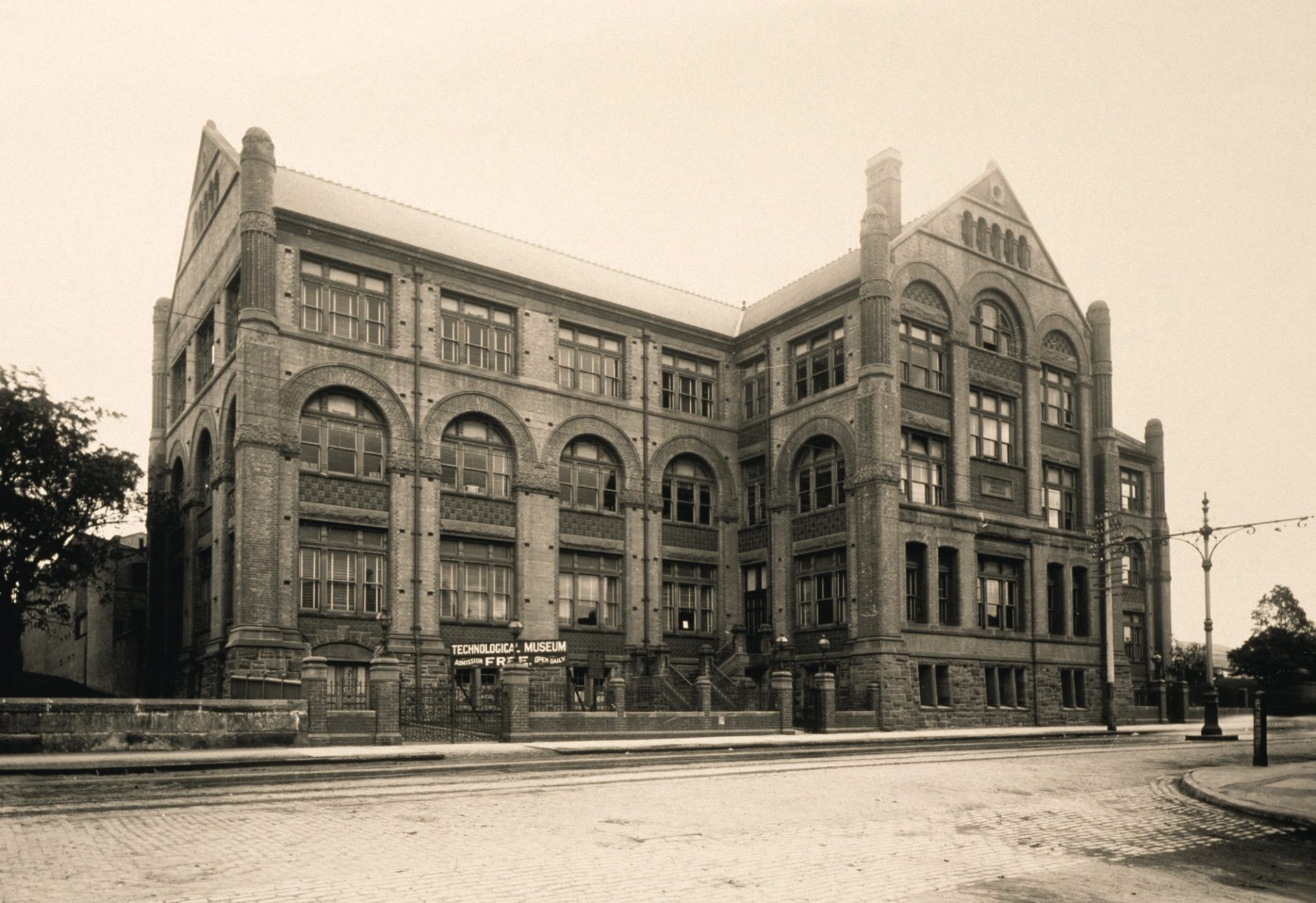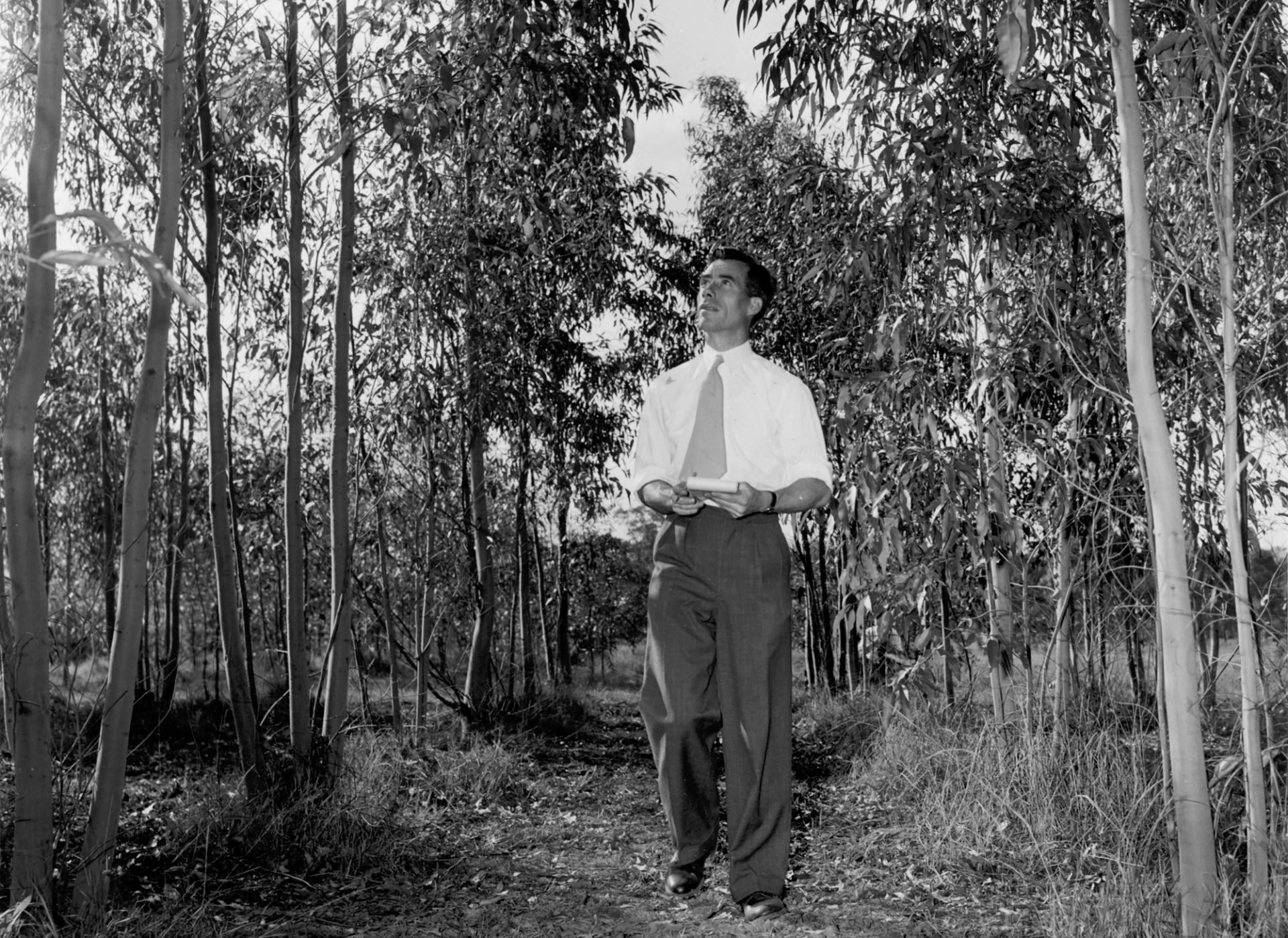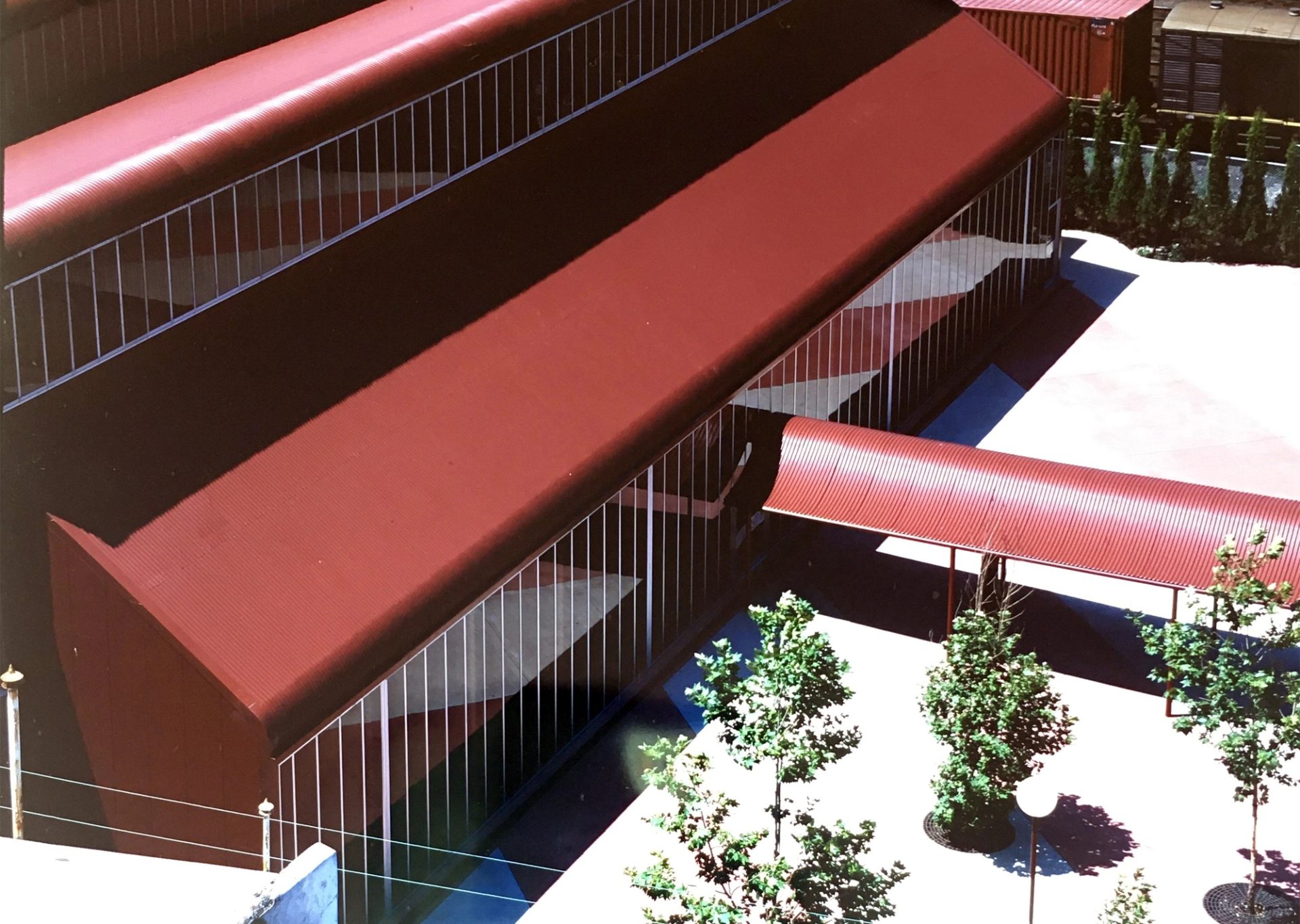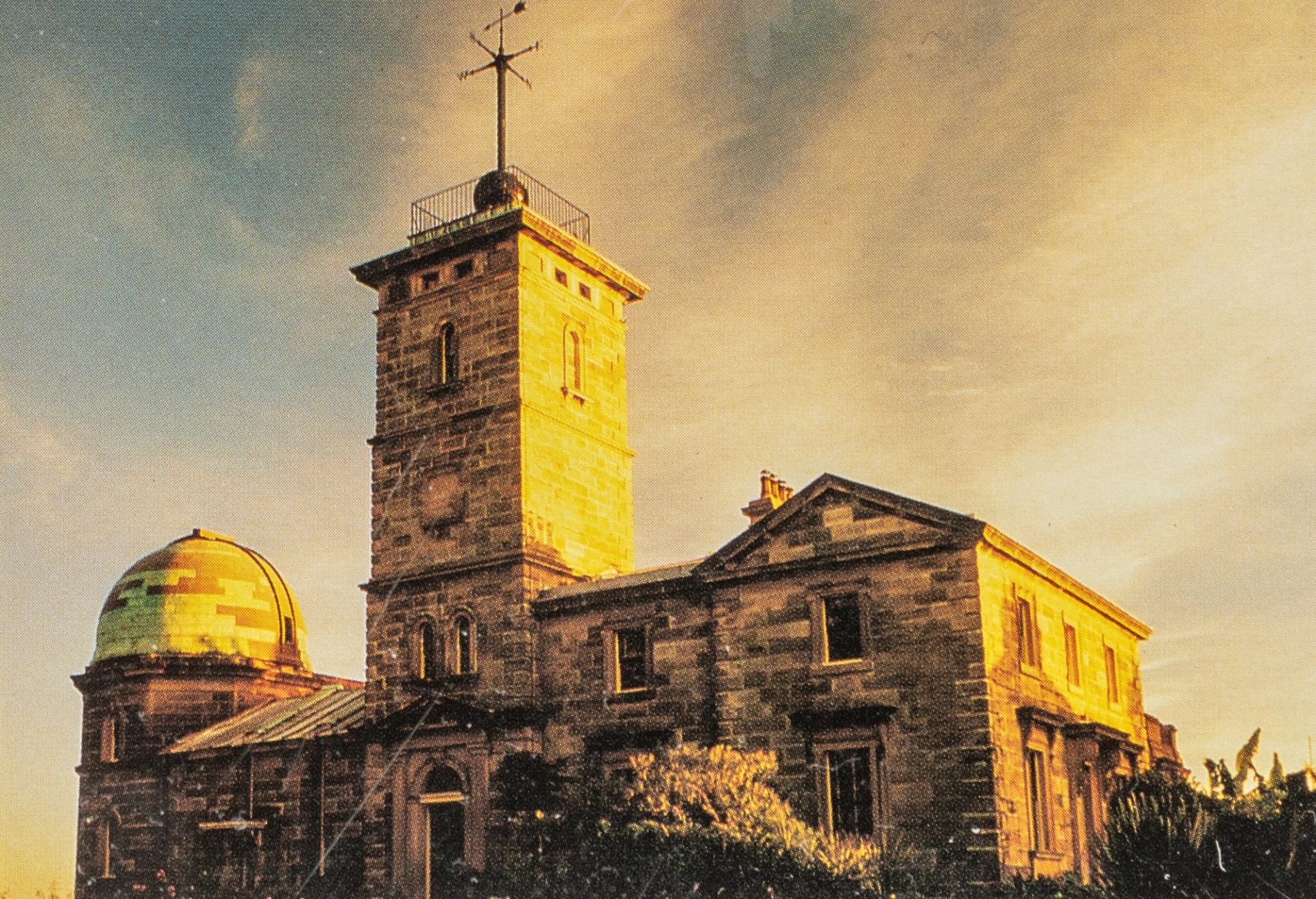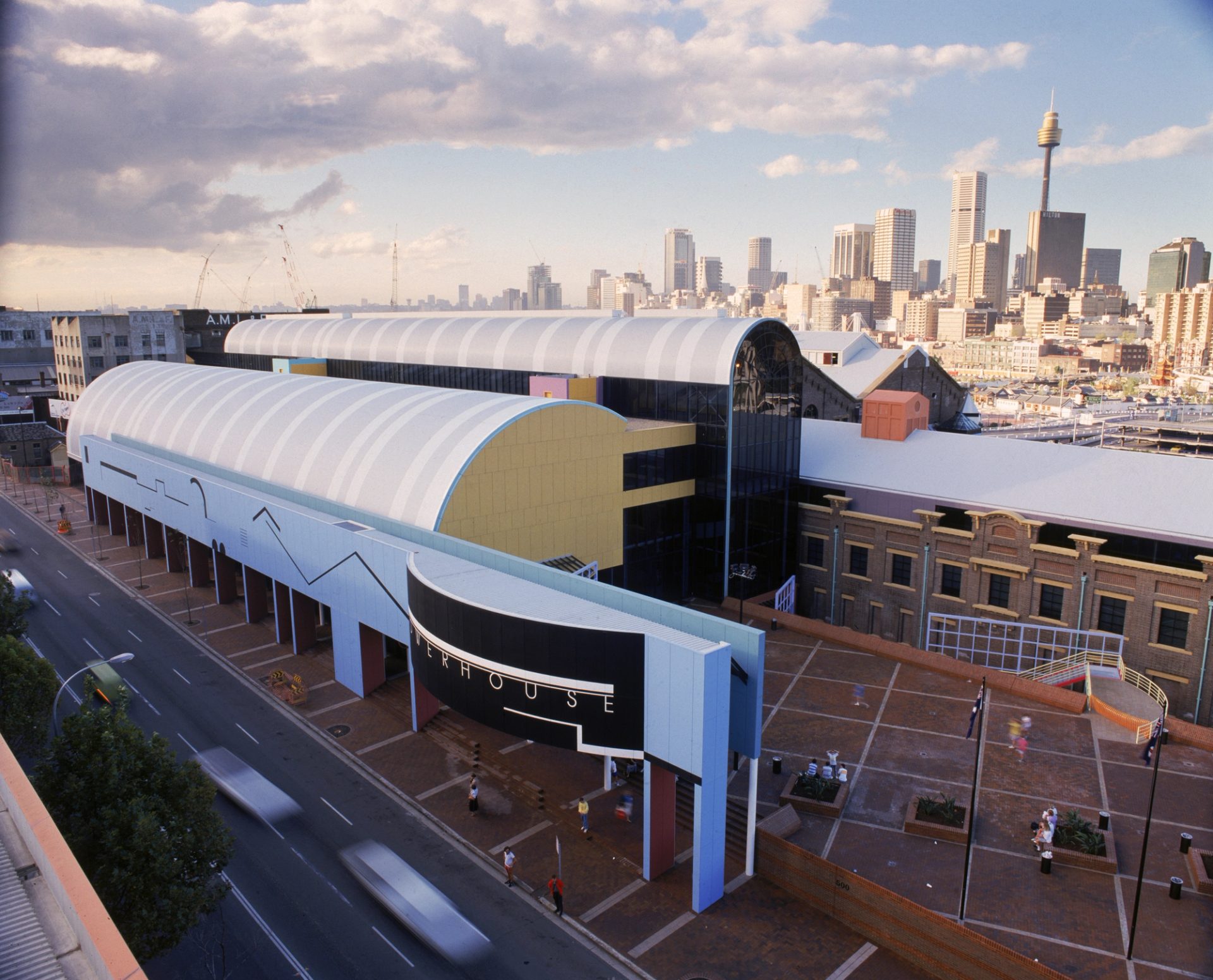The Holding Pen

‘The Colonial Secretary has caused that portion of the Agricultural Hall which is not occupied by the authorities of the Sydney Infirmary to be handed over to the Committee for the purposes of the Technological Museum’
Beginning Again
After the 1882 fire, the museum’s first Curator, Joseph Henry Maiden, throws himself into securing accommodation for a new museum, and establishing a new collection.
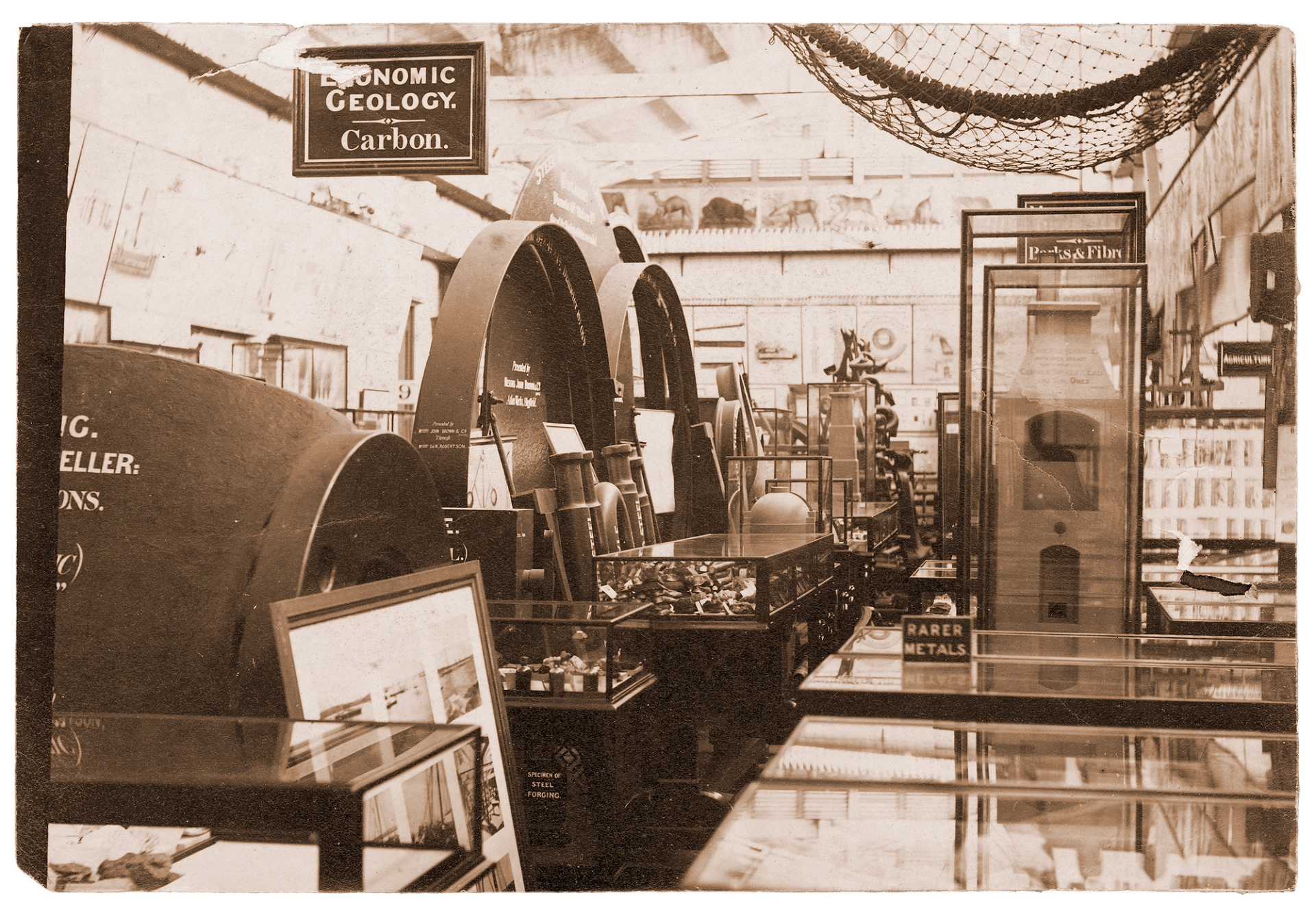
As Jack Lehane Willis reflects: ‘the Museum at the end of 1882 had virtually ceased to exist and Maiden perceived clearly that the collections which he would now have to go out and actively seek would have to be those which would serve the purpose of instructing people such as tradesmen, engineers, architects, who had no other source of such information to turn to in New South Wales. If, at the same time, attention could be drawn to the abundance of raw materials of all kinds available in the Colony and, by research into these materials, show how they could be utilised, then Maiden considered the Museum would be performing its proper function.’
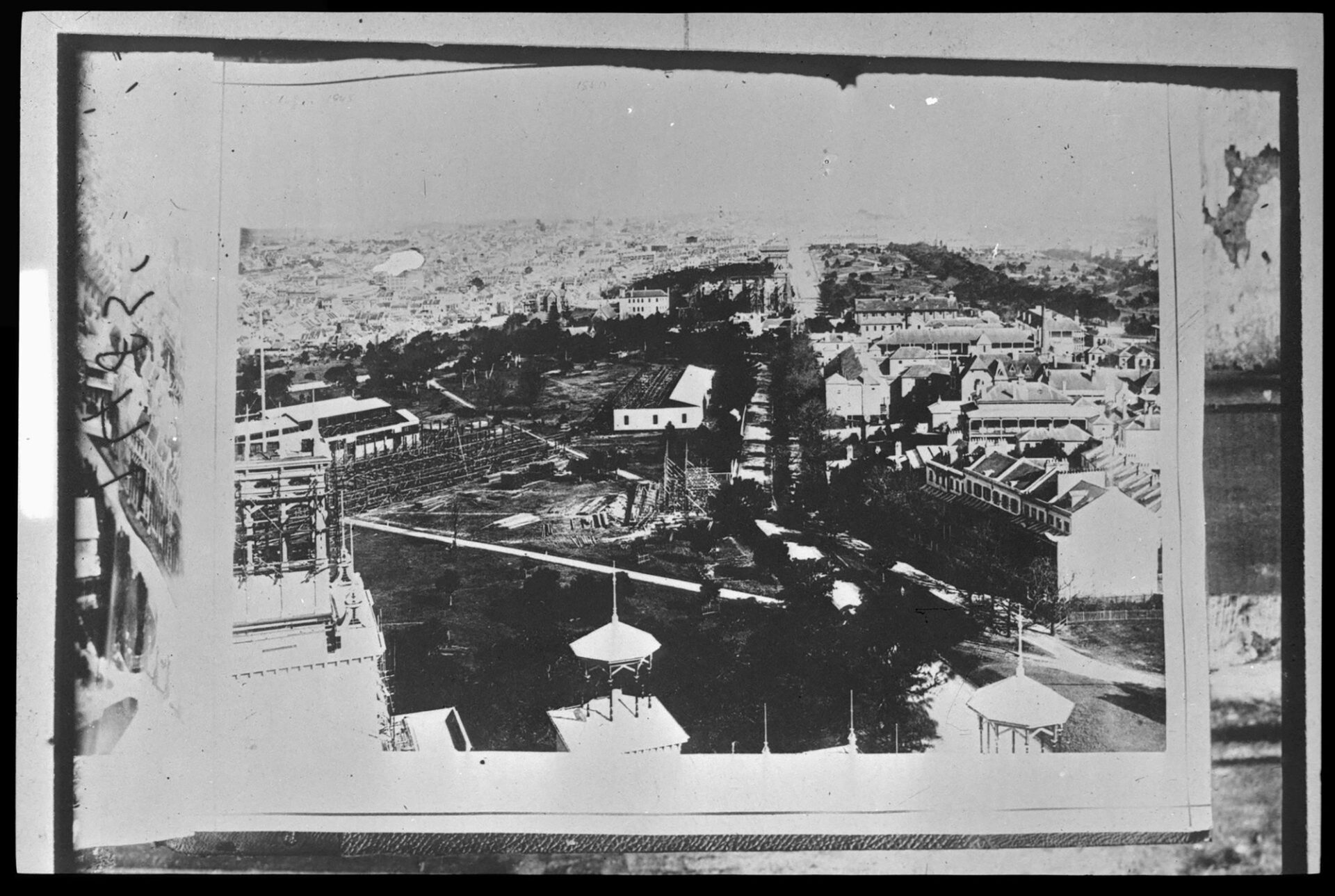
When the Technological, Industrial and Sanitary Museum opens to the public for the first time – on 15 December 1883 – it holds approximately 5,000 objects. The Agricultural Hall is a wooden, metal and glass structure built as temporary display space for latest agricultural equipment during the Sydney International Exhibition.
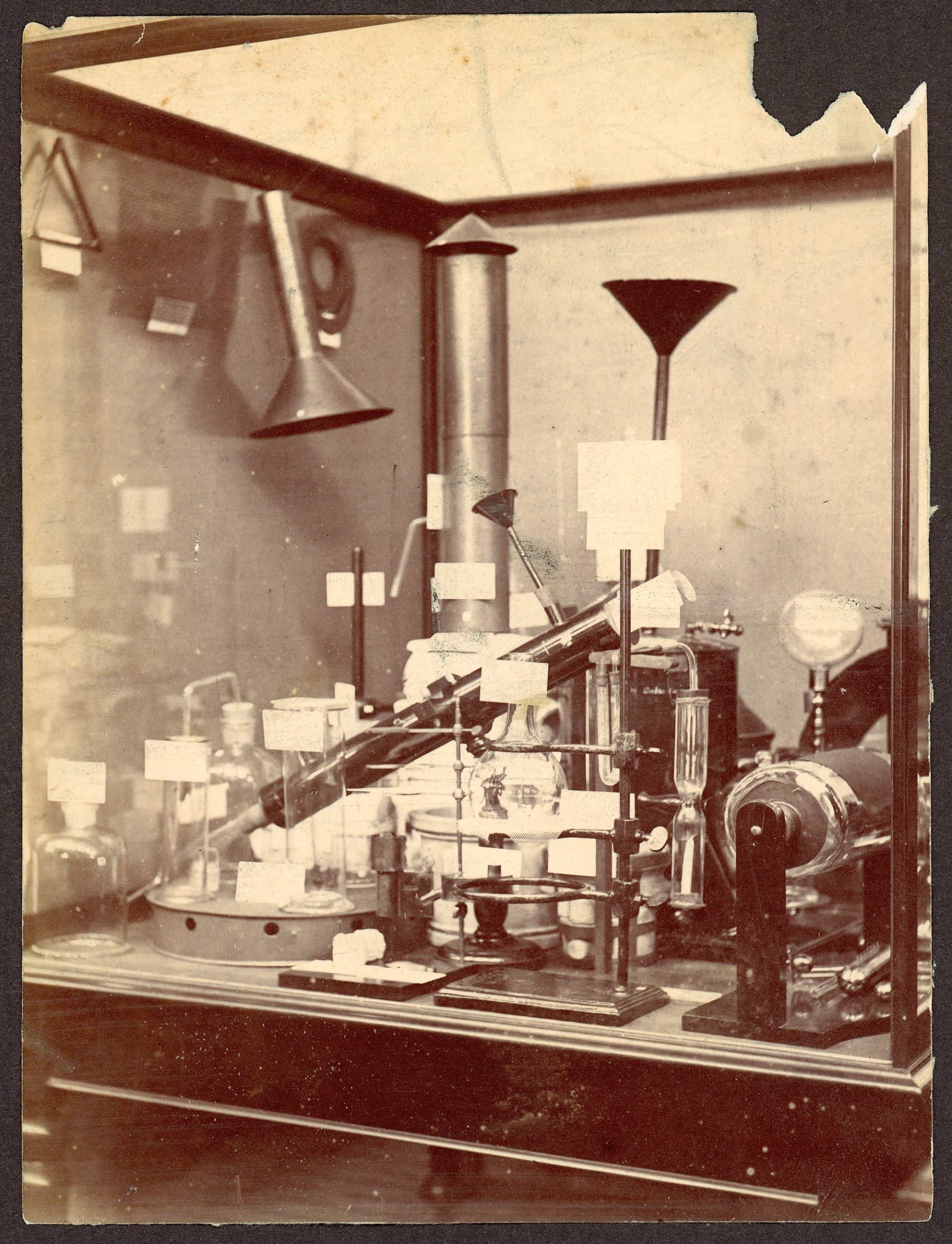
‘The economic geological specimens are both numerous and valuable... gems and precious stones, building and ornamental stones... coal, ores of the metals, mineral cements, mineral manures, mineral substances used in the manufacture of pottery, glass and pigments...’
‘... many series of specimens representing all the stages the manufacture of an article, eg, steel-pins, needles, pins, fishhooks, horn-combs, woollen, silk, cotton and flax fabrics, paper and leather Manufacture... fine collections of vegetable substances used in dyeing, tanning, pharmacy, perfumery also gums and resins and oil yielding substances... a large collection of educational appliances, useful for reference for teachers, parents and others.’
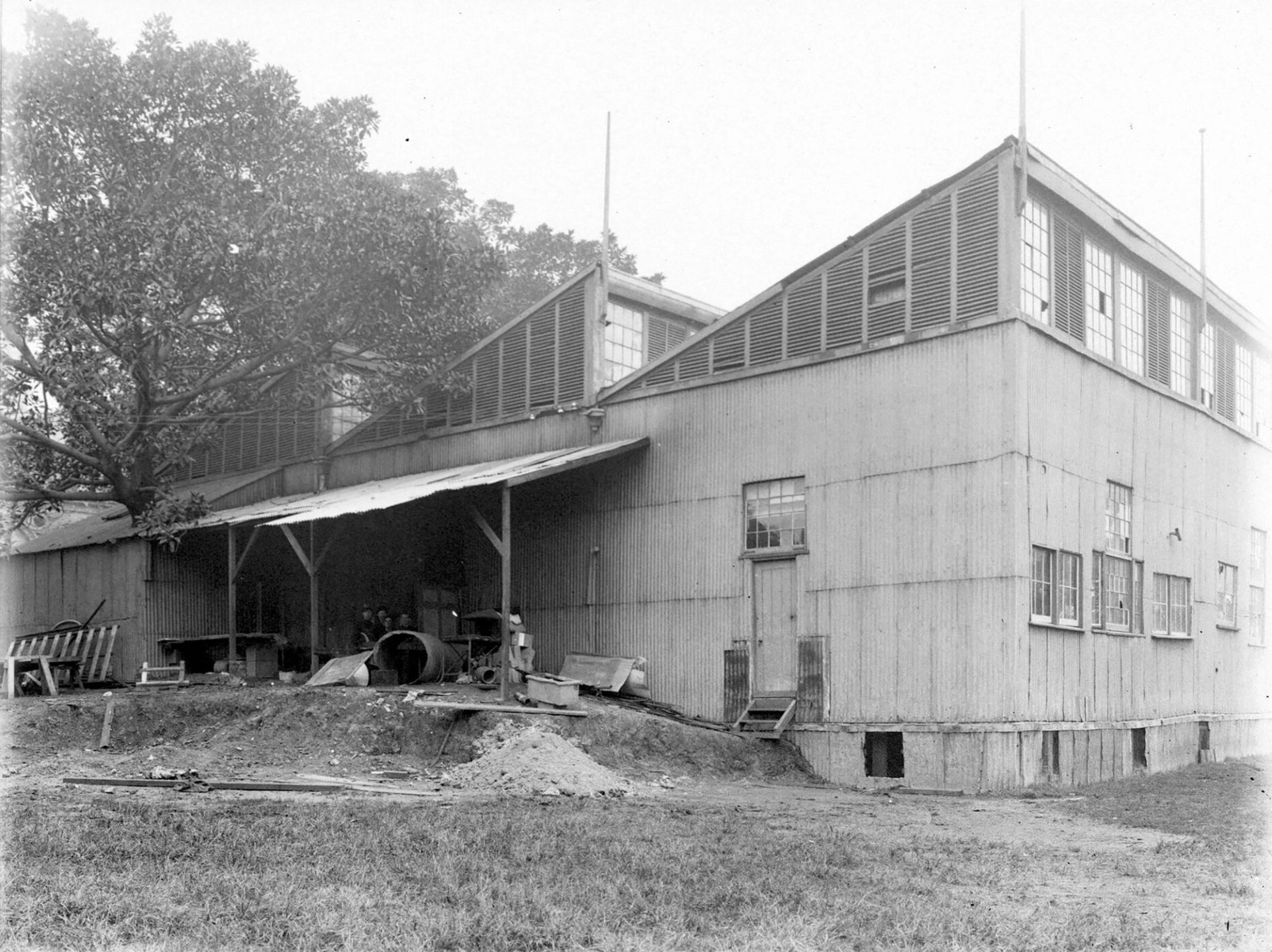
The Wretched Tin Shed
While contemporary visitors comment favourably on the Museum’s ‘well ordered’ displays, visitor numbers drop by more than 20,000 per year (from more than 57,000 in 1884 to just over 34,000 in 1889): the building’s dilapidation and overcrowding are blamed.
At the same time, the items in the collection grow to number more than 23,000 by 1891, including nearly six thousand books, maps, drawings, diagrams, the locomotive, 3,000 individual wool samples beginning with ‘the first fleece shorn in New South Wales,’ and a beam engine made by James Watt in 1785 that is packed into 45 crates (weighing a total of 35 tonnes). This engine will be kept in storage for more than 30 years for want of space and sufficient funds to erect it.
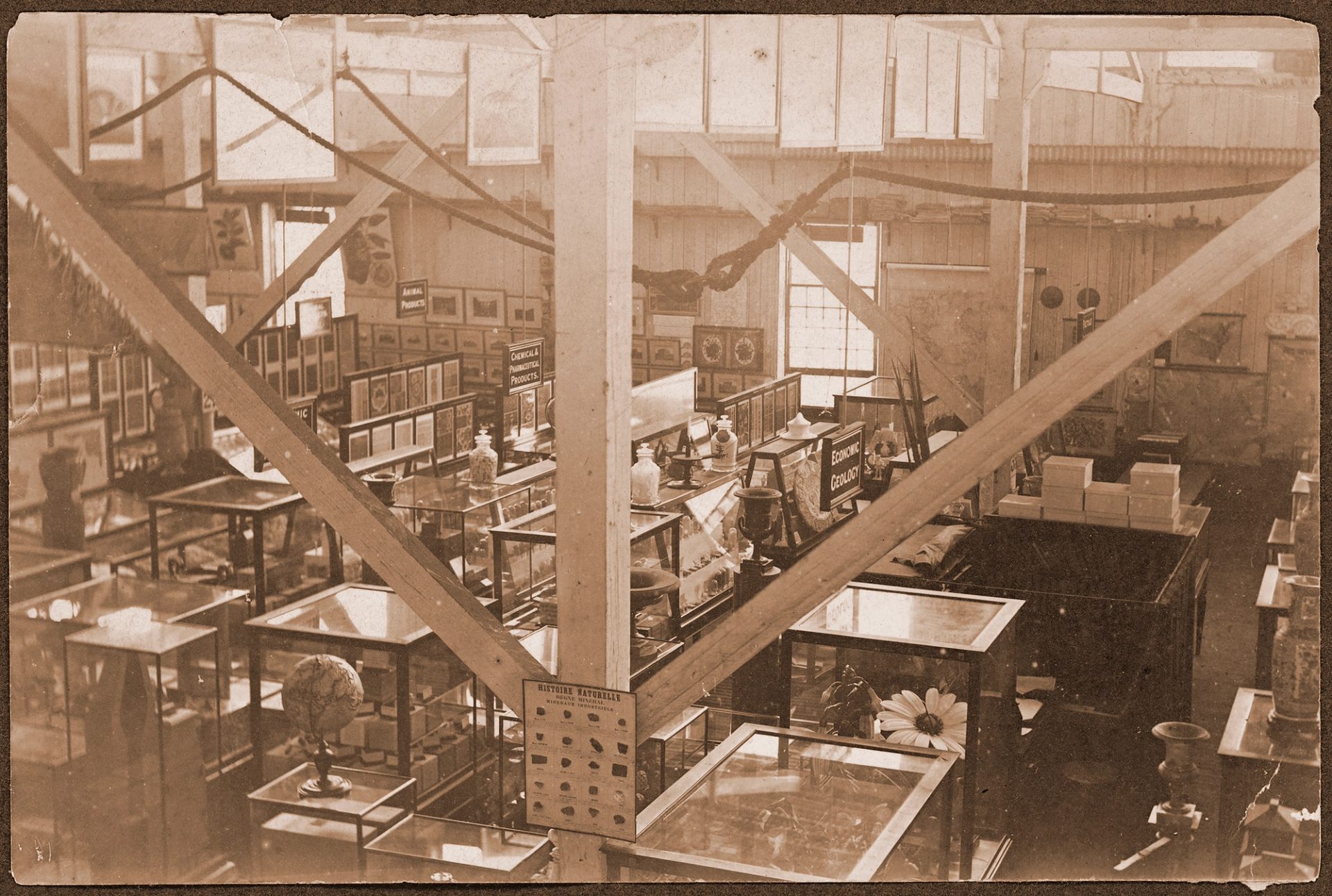
‘The question of the proper housing of the valuable contents of this Museum [is] now approaching a crisis. The Museum is crowded almost beyond endurance. The place is full of narrow passages and cul-de-sacs, and the public complain bitterly of this and attend in steadily diminishing numbers’
Before long, the Agricultural Hall starts to sink under the weight of the Museum’s objects – including Loco No. 1, the colony’s first steam locomotive – and its visitors, as many as 100,000 annually in its early years.
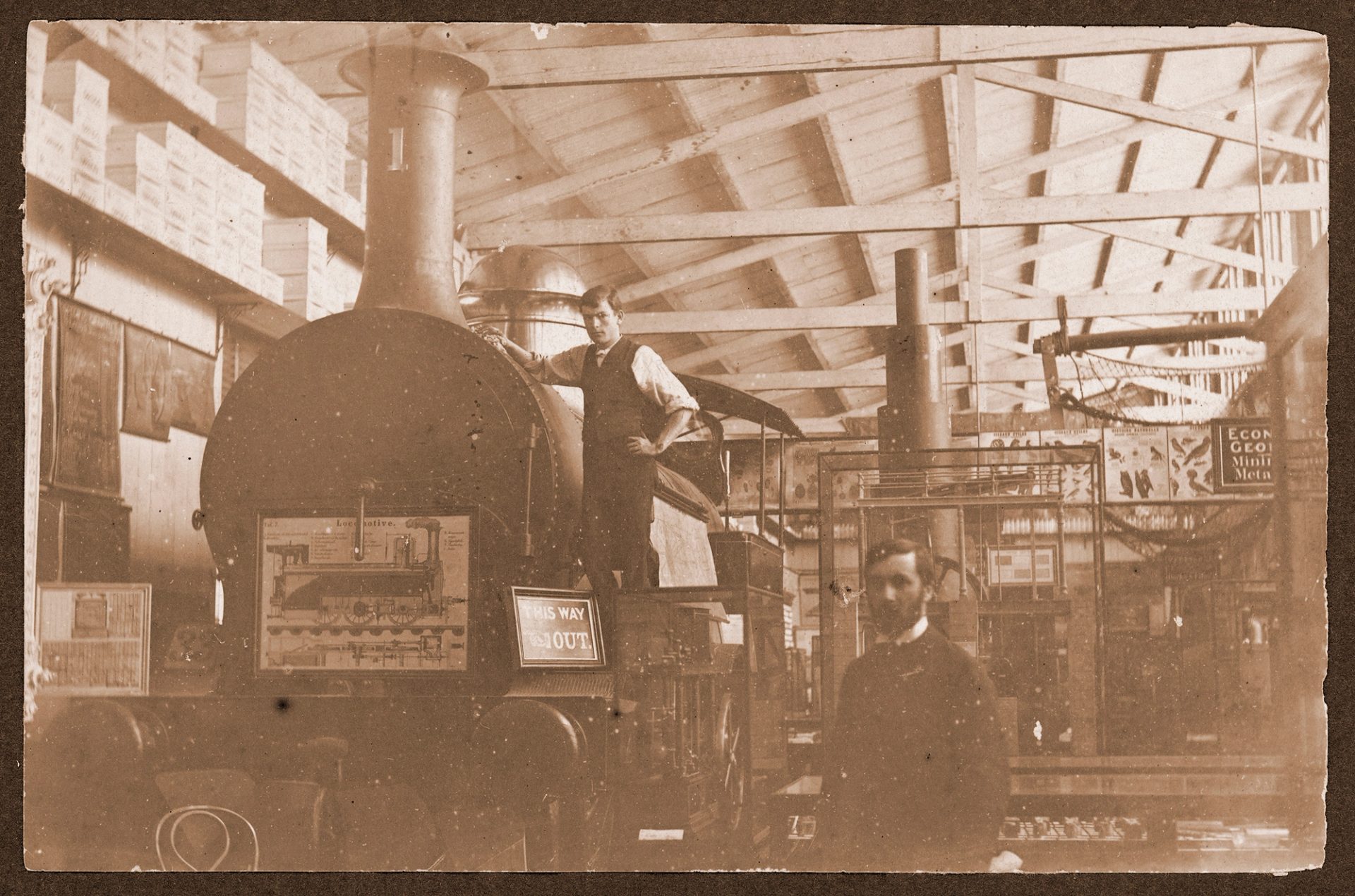
In 1884, Maiden begins a series of Wednesday-afternoon public lectures in the Museum. Immediately popular, they are suspended the following year ‘partly because it became extremely difficult to find room for the audience,’ Maiden explains. ‘It is now impossible ... to renew then until increased accommodation is afforded.’
After the Garden Palace conflagration, Maiden establishes a new laboratory in the Agricultural Hall – in 1885, he spends as much on apparatus, models and chemicals as he does on salaries (including ‘beakers, jars, decanters, a Liebig condenser, a Hoffman gas combustion furnace, a solid fame burner and, for reasons less clear, a half gross of champagne glasses’). In this laboratory, he continues researching the phytochemistry of Australia’s native flora, producing several scientific papers as well as his 1889 book, The Useful Native Plants of Australia.
In 1890, oversight for the Museum’ is transferred to the Technical Education Branch of the Public Instruction Department Minister for Public, and its name is changed to the Technological Museum. This secures funds to build a permanent Museum building in Ultimo adjacent to the Sydney Technical College.
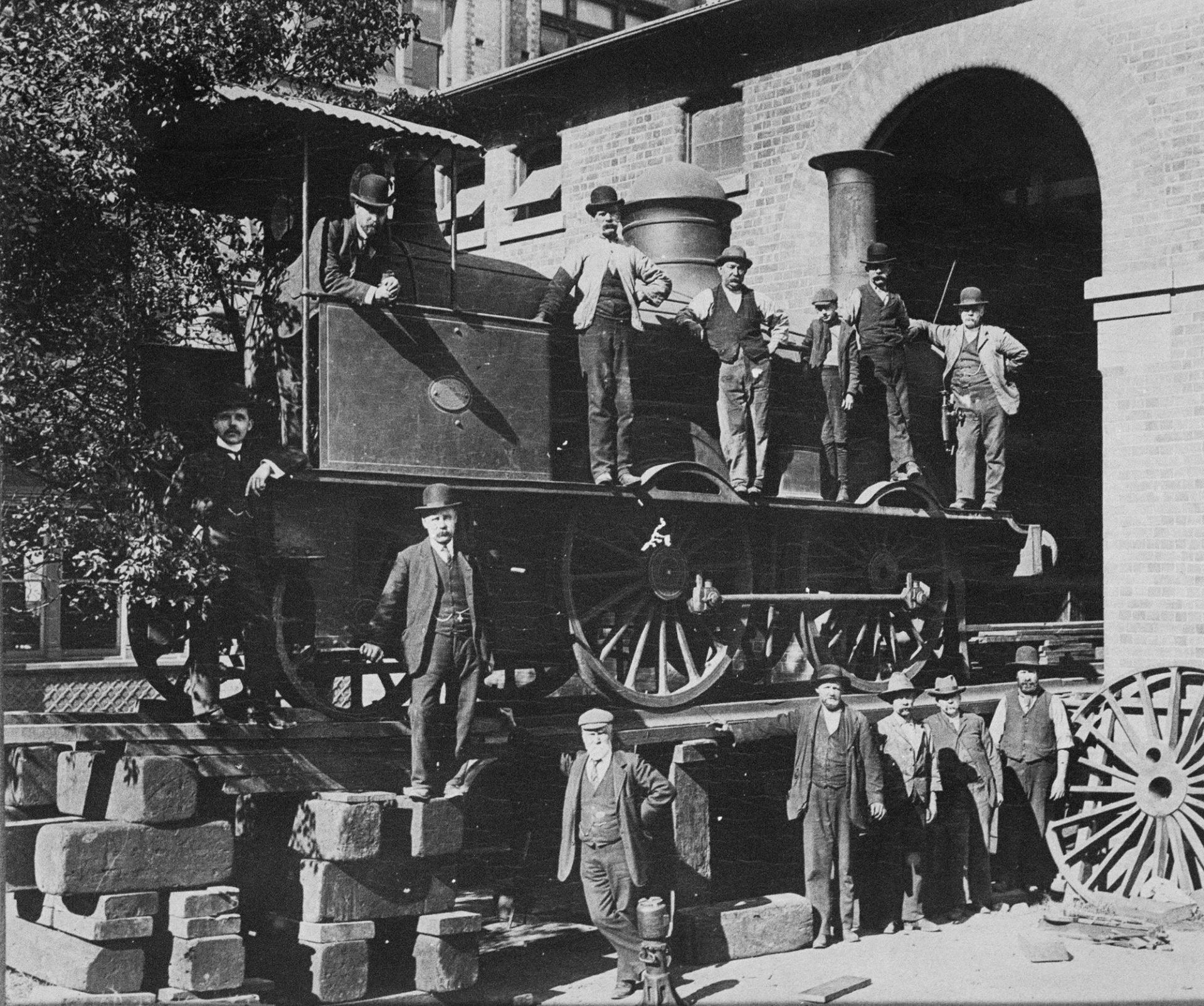
Moving Objects
On 3 May 1893, the museum in the Domain closes. Its contents will be transported to Ultimo by horse-drawn wagons over four weeks, presenting some major challenges.
A century later, this movement is reflected in the journeys of the museum’s train, ‘Museum on the Move’. Between 1980 and 1989, this train transports exhibitions and staff around New South Wales, travelling 20,000 kilometres and reaching nearly 200,000 in its first three years alone.
















